Growth of Surfing Tourism
The growth of surfing tourism is a significant driver for the Surfing Equipment Market. Destinations known for their surf-friendly beaches are experiencing an influx of tourists seeking to ride the waves. This trend has led to the establishment of surf schools, rental shops, and guided tours, creating a robust ecosystem around surfing. According to recent data, surfing tourism has contributed substantially to local economies, with millions of dollars generated annually. As more travelers prioritize unique experiences, the demand for surfing equipment, both for purchase and rental, is expected to rise. The Surfing Equipment Market stands to gain from this trend, as businesses cater to the needs of tourists looking to engage in surfing during their travels.
Rising Popularity of Water Sports
The increasing popularity of water sports, particularly surfing, is a notable driver for the Surfing Equipment Market. As more individuals seek adventure and outdoor activities, surfing has emerged as a favored choice. Recent statistics indicate that participation in surfing has surged, with millions of enthusiasts engaging in the sport annually. This trend is likely to continue, as surfing is often associated with a healthy lifestyle and a connection to nature. Consequently, the demand for surfing equipment, including boards, wetsuits, and accessories, is expected to rise. The Surfing Equipment Market is poised to benefit from this growing interest, as manufacturers and retailers adapt their offerings to meet the needs of both novice and experienced surfers.
Emergence of Eco-Friendly Products
The emergence of eco-friendly products is reshaping the Surfing Equipment Market. As environmental awareness grows, consumers are increasingly seeking sustainable options in their surfing gear. Manufacturers are responding by developing surfboards and wetsuits made from recycled materials and sustainable resources. This shift not only appeals to environmentally conscious surfers but also aligns with broader trends in consumer behavior favoring sustainability. Recent surveys indicate that a significant portion of surfers is willing to pay a premium for eco-friendly products. Consequently, the Surfing Equipment Market is likely to see a rise in the availability and demand for sustainable surfing equipment, as brands strive to meet the expectations of their eco-aware clientele.
Increased Focus on Health and Wellness
An increased focus on health and wellness is driving growth in the Surfing Equipment Market. As individuals become more health-conscious, they are seeking activities that promote physical fitness and mental well-being. Surfing, known for its cardiovascular benefits and stress-relieving properties, aligns perfectly with this trend. The sport encourages outdoor activity and fosters a sense of community among participants. As a result, more people are taking up surfing as a hobby, leading to a higher demand for surfing equipment. This shift in consumer behavior is likely to influence the Surfing Equipment Market, prompting manufacturers to innovate and offer products that cater to health-oriented consumers.
Technological Advancements in Equipment
Technological advancements play a crucial role in shaping the Surfing Equipment Market. Innovations in materials and design have led to the development of lighter, more durable surfboards and wetsuits, enhancing performance and comfort for surfers. For instance, the introduction of eco-friendly materials and advanced manufacturing techniques has gained traction among environmentally conscious consumers. Additionally, smart technology integration, such as performance tracking devices, is becoming increasingly popular among surfers. These advancements not only improve the overall surfing experience but also attract a broader audience to the sport. As technology continues to evolve, the Surfing Equipment Market is likely to witness a surge in demand for high-tech equipment that caters to the needs of modern surfers.


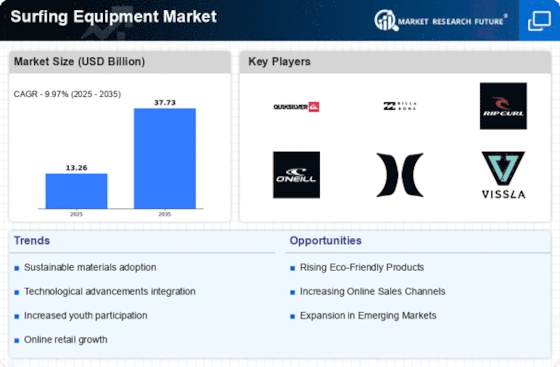
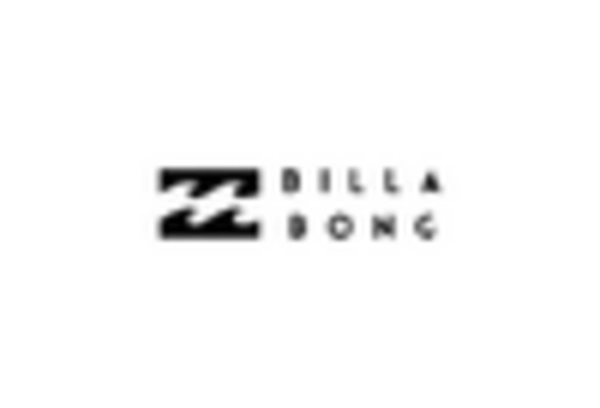
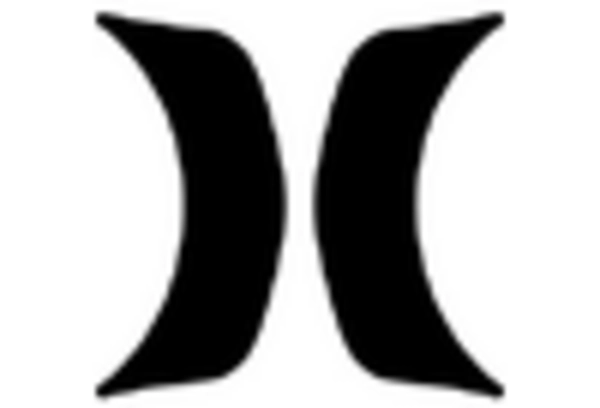
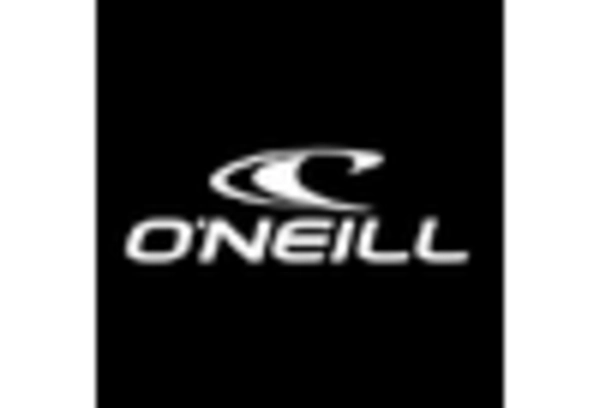
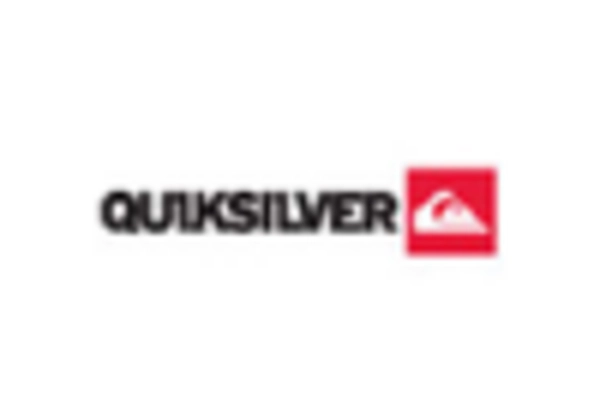
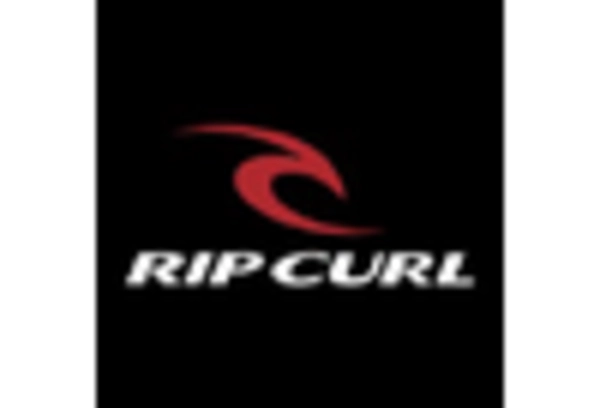









Leave a Comment